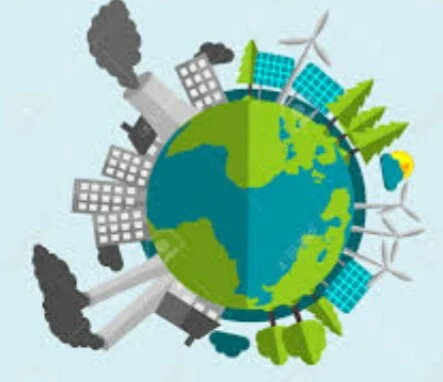Introduction Sustainable Energy Solutions
Transportation is a significant contributor to greenhouse gas emissions and air pollution, making the transition to sustainable energy solutions a pressing priority.
As the world seeks to reduce its carbon footprint and mitigate the impacts of climate change, transforming transportation and mobility systems becomes crucial.
This article explores sustainable energy solutions that can drive the transition towards cleaner and more efficient transportation, leading to a greener and more sustainable future.
Outlook Sustainable Energy Solutions
1. Electric Vehicles (EVs)
Electric vehicles, powered by electricity from renewable energy sources, offer a promising solution to decarbonize transportation. EVs produce zero tailpipe emissions, reducing local air pollution and greenhouse gas emissions associated with conventional vehicles. As renewable energy generation continues to grow, the environmental benefits of EVs increase. Expanding the charging infrastructure and incentivizing EV adoption can accelerate the shift towards sustainable transportation, reducing dependence on fossil fuels and promoting energy-efficient mobility.
2. Public Transportation Electrification
Electrifying public transportation systems, such as buses and trains, presents a significant opportunity to reduce emissions and improve air quality in urban areas. Electric buses, for instance, offer quiet and zero-emission transportation options, contributing to cleaner and healthier cities. By integrating renewable energy sources into the grid to power public transportation, communities can create sustainable and efficient mobility solutions, while also reducing noise pollution and promoting equitable access to transportation.
3. Sustainable Aviation Fuels
Aviation is one of the most challenging sectors to decarbonize due to the limited options for direct electrification. However, sustainable aviation fuels (SAFs) offer a viable solution. SAFs are derived from renewable feedstocks, such as biomass, algae, or hydrogen, and can replace conventional jet fuels. These fuels have the potential to significantly reduce aviation's carbon footprint, as they can be used in existing aircraft engines without requiring significant modifications. Investments in the production and scaling up of SAFs are crucial to drive the transition towards sustainable air travel.
4. Active Transportation and Micromobility
Promoting active transportation, such as walking and cycling, along with the use of micromobility options like e-scooters and bike-sharing programs, can have a transformative impact on urban mobility. These modes of transportation require minimal energy input, produce no direct emissions, and contribute to improved public health. Infrastructure development, including dedicated bike lanes and safe pedestrian pathways, combined with renewable energy-powered charging stations for micromobility vehicles, can create a sustainable and efficient urban transportation ecosystem.
5. Intelligent Transportation Systems and Smart Grid Integration
Intelligent Transportation Systems (ITS) leverage technology to optimize transportation efficiency and reduce energy consumption. ITS includes traffic management systems, smart parking, and vehicle-to-grid (V2G) integration. V2G enables electric vehicles to provide energy back to the grid during peak demand, reducing the strain on the electrical infrastructure and maximizing the utilization of renewable energy sources. Integration with smart grids allows for better coordination between renewable energy generation and transportation needs, enhancing overall energy efficiency and sustainability.
Conclusion Sustainable Energy Solutions
The transition to sustainable energy solutions in transportation and mobility is essential for combating climate change and improving air quality.
Electric vehicles, public transportation electrification, sustainable aviation fuels, active transportation, and intelligent transportation systems offer a range of strategies to achieve this transition. By harnessing renewable energy sources and integrating innovative technologies, we can create a more sustainable, efficient, and equitable transportation system. Governments, industry stakeholders, and individuals must collaborate to invest in sustainable energy infrastructure, incentivize clean transportation options, and prioritize the adoption of sustainable mobility practices. Through these collective efforts, we can pave the way towards a greener and more sustainable future of transportation.


